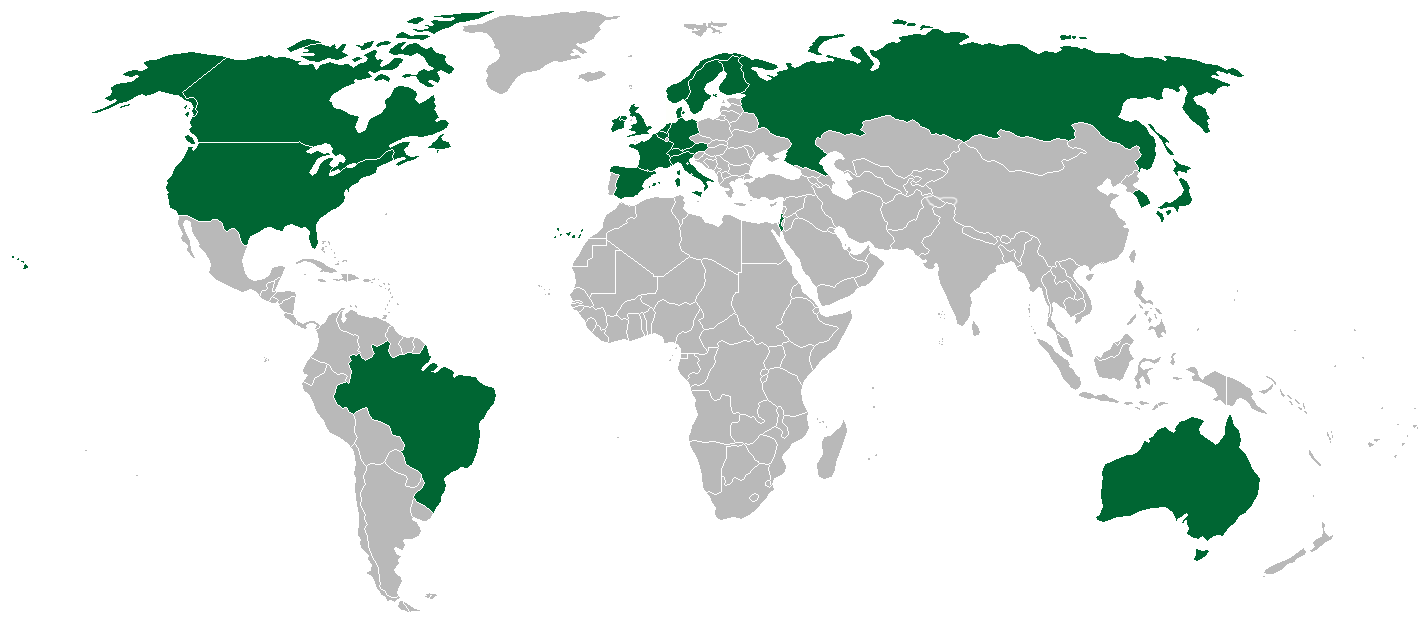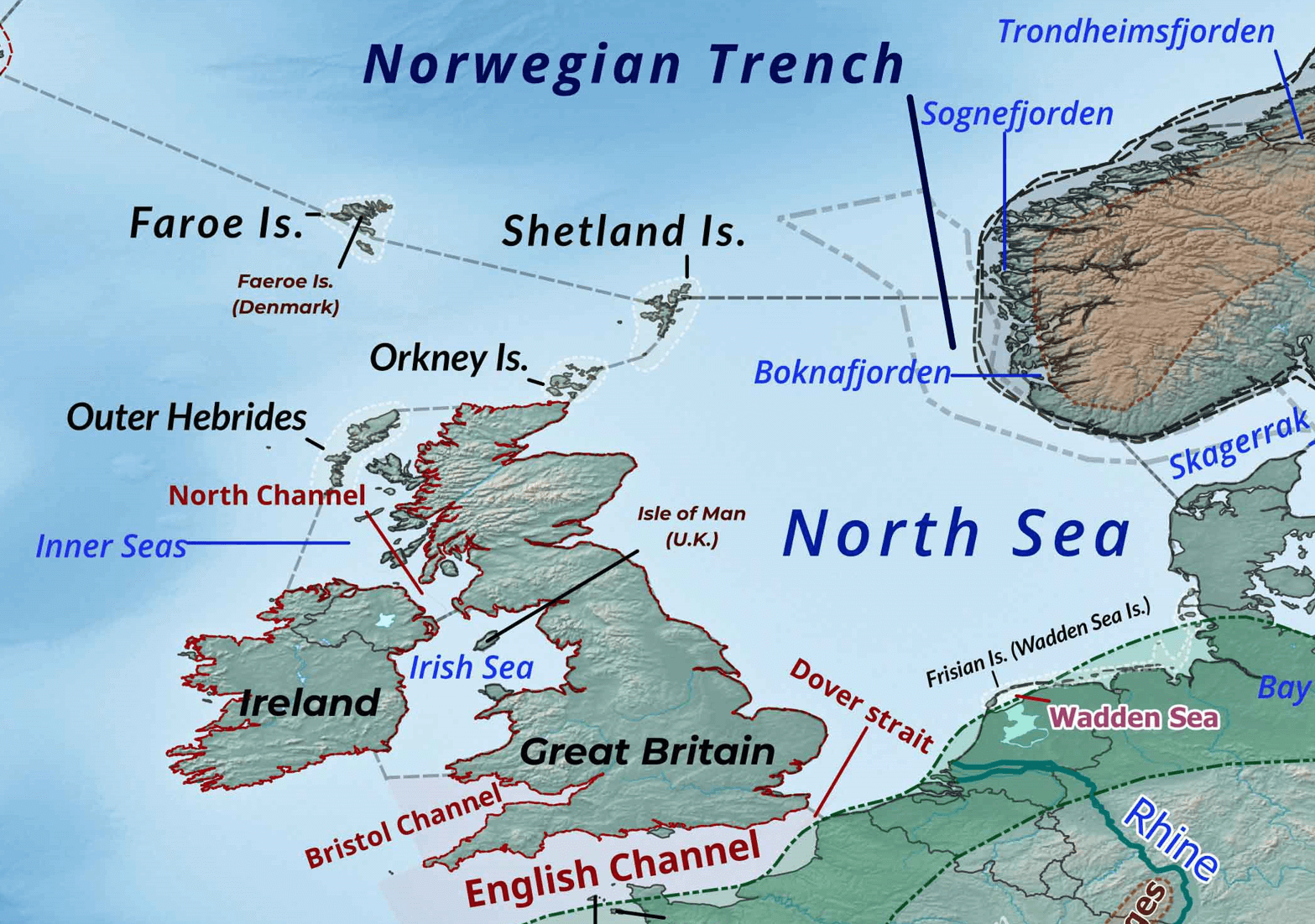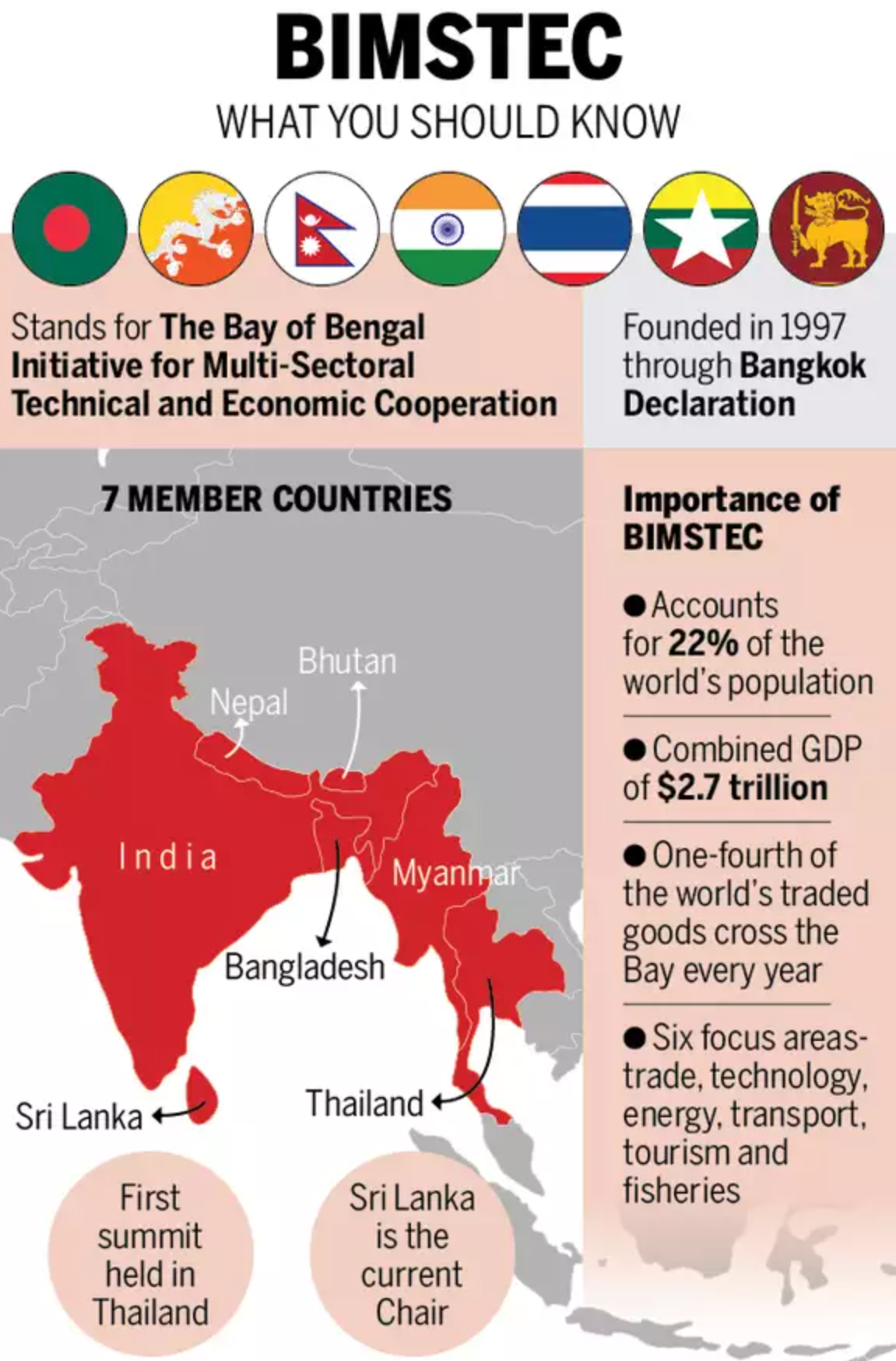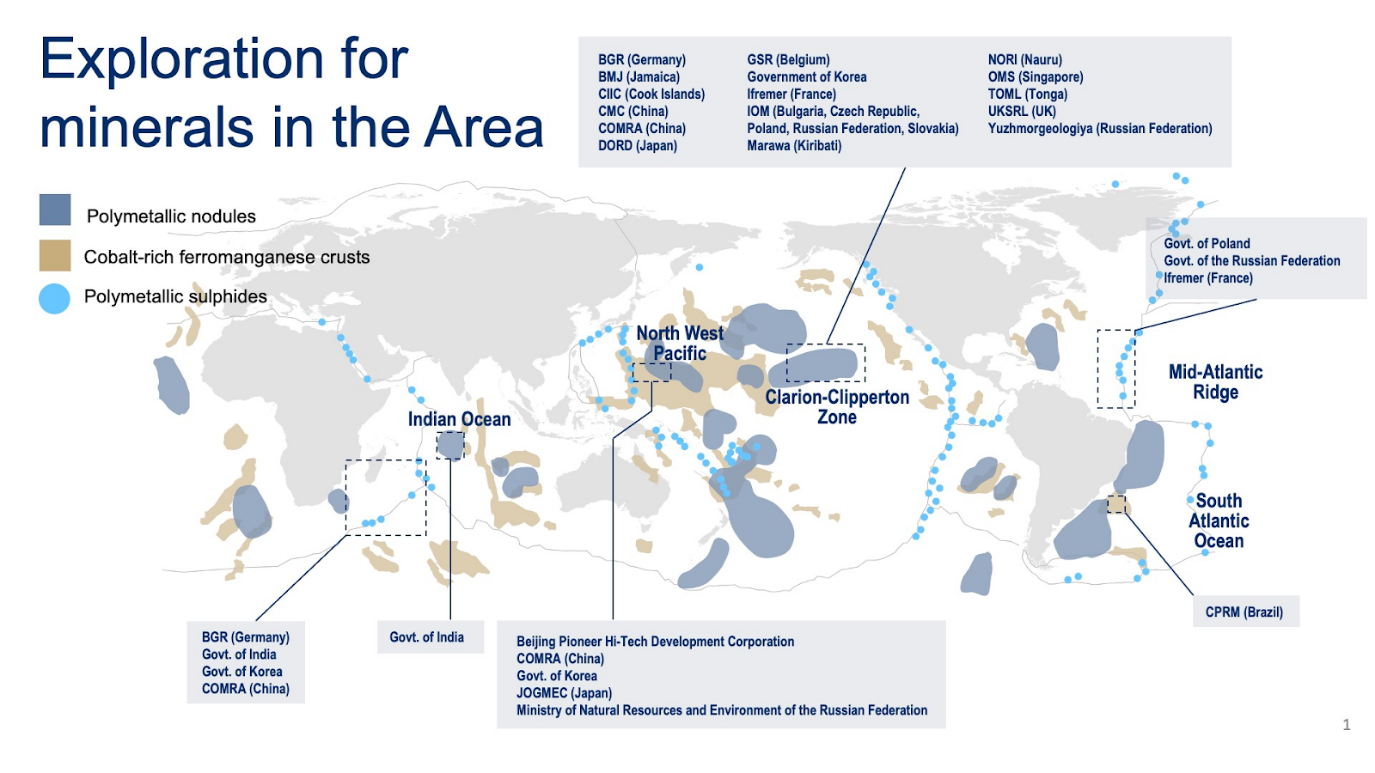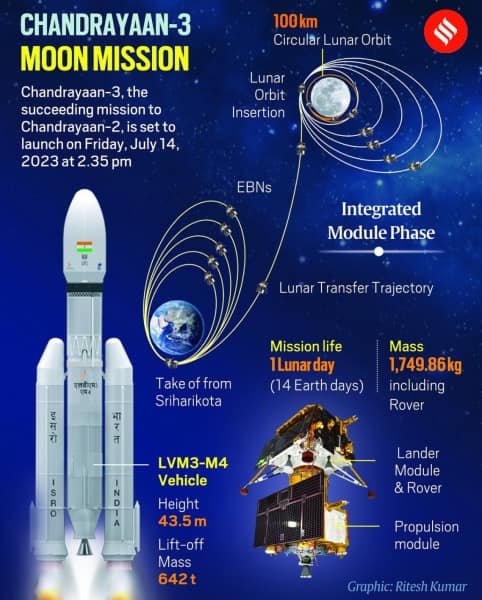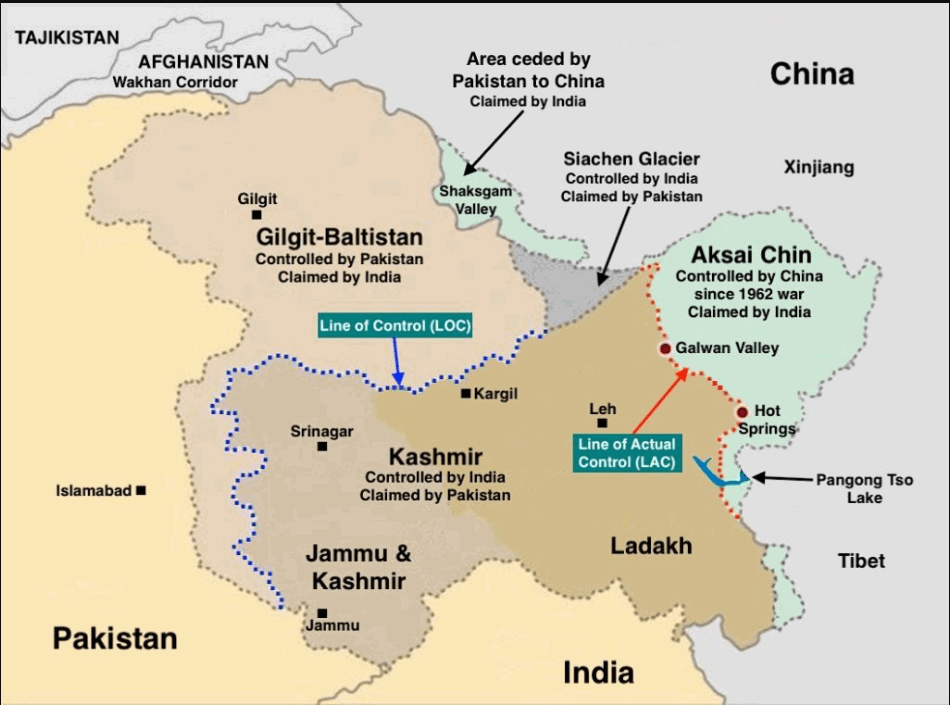
Current Affairs July 06, 2023: Election Symbols Disputes, Internationalization of Rupee, Ambergris in Dead Sperm Whale
Subscribers of "Current Affairs" course can Download Daily Current Affairs in PDF/DOC
Subscribe to Never Miss an Important Update! Assured Discounts on New Products!
Must Join PMF IAS Telegram Channel & PMF IAS History Telegram Channel
{GS2 – Health – Initiatives} Tele-MANAS
- Context (TH): J&K launches India’s first Tele Mental Health Assistance and Networking Across States (Tele-MANAS) chatbot for distressed people.
- It will ensure round-the-clock services for health counsellors, clinical psychologists and consultants.
- The Centre in Budget 2022 announced the two-tier Tele-MANAS.
- Tier 1 comprises State Tele MANAS cells, which include trained mental health specialists.
- Tier 2 comprises specialists at District Mental Health Programme (DMHP) for physical consultation and/or eSanjeevani for audio-visual consultation.
eSanjeevani
Doctor-to-Patient (eSanjeevani OPD) Tele-consultations
|
{GS2 – IR – India-Taiwan} TECC
- Context (TH): Taiwan established its third Taipei Economic and Cultural Centre (TECC) in Mumbai after New Delhi and Chennai.
- India and Taiwan do not maintain formal diplomatic ties.
- TECC is Taiwan’s de facto diplomatic mission in India.
- In 1995, the two sides opened a TECC in New Delhi and an “India Taipei Association” in Taipei.
{GS2 – Polity – IC – Elections} Election Symbols Disputes
- Context (TH | ET): Amid the infighting in the NCP, Ajit Pawar approached the Election Commission (EC) to stake claim to the name and symbol of the party.
- In response, the Sharad Pawar faction has filed a caveat with the EC, urging it to hear their side.
The Election Symbols (Reservation and Allotment) Order, 1968
- The Election Commission (EC) promulgated this order in 1968.
- The Election Symbols Order provides for:
- Specification, reservation, choice and allotment of symbols at elections in Parliamentary and State Assembly constituencies.
- Registration, de-registration, recognition and derecognition of political parties.
- Conditions a party must fulfil to become a national or a state party.
- Resolving disputes involving splits in recognised parties or the merger of political parties.
Symbols
- Symbols are reserved for political parties. A reserved symbol is allocated to a political party, while a free symbol can be allocated to non-recognized parties and independent candidates.
Party Disputes
- ECI is the ONLY authority to decide on a dispute in a political party or a merger of political parties.
- The Symbols Order mandates that when EC is satisfied that there are two splinter groups within a recognised party, the question comes undisputedly within the commission’s jurisdiction for adjudication.
- ECI decides the dispute based on a claimant’s support within a political party in its organisational wing (office-bearers) and its legislative wing (MPs and MLAs).
- Whenever the EC could not test the strength of rival groups based on support within the party organisation, it only consider the majority among elected MPs and MLAs.
- The ECI may decide the dispute in favour of one faction, give the name and symbol of that recognised party, and permit the other group to register as a separate political party.
- If both legislative win and organisational win are found indecisive, the ECI also freezes the symbol and asks both factions to choose a new symbol and register themselves with new names.
- In 1969, in the first Congress split, the ECI recognised both the Congress (O) and Congress (R) parties.
- If reunited in future, the claimants may approach the EC again and seek to be recognised as a unified party. ECI may restore the symbol and name of the original party.

Sadiq Ali and Another Vs Election Commission of India, 1972
|
Election Symbols (Reservation and Allotment) (Amendment) Order, 2017
- It contained the list of the national and state parties with their respective symbols, a list of registered unrecognised parties, a list of free symbols, images of reserved symbols, etc.
Recognition and Derecognition of the Political Parties
- Political parties are divided into regional or state and national or registered and unregistered parties.
- After two consecutive general elections, the poll performance of the already recognised political parties and newly associated parties would be evaluated.
- If they fail to perform well, they could be deregistered or derecognised, and newly associated parties could find their place as recognised or registered parties.
- This order helps the Commission to prevent the wanton growth of political parties.
The Constitutional Validity of the Symbols Order
- The constitutional validity of the Symbols Order was challenged in Kanhaiyalal Omar v. R K Trivedi (1986).
- The main objection was that Article 324 of the Constitution could not be interpreted to have vested legislative powers to the ECI to issue such an order. The SC repudiated this argument on two grounds:
- Conduct of Election Rules, 1961
- Article 327
Conduct of Election Rules, 1961
- Rule 5 obliges the EC to specify symbols used by the political parties in Parliamentary/State Elections.
- Rule 10(4) empowers the ECI to issue general or specific directions to the returning officers at the booth regarding the allotment of symbols.
- Rule 10(5) authorises the Commission to revise the allotment of the symbols by the returning officers if they are inconsistent with the directions issued by the EC.
- In light of these rules, ECI has the legal authority to promulgate the Sybols Order.
Article 327
- Article 327 provides that Parliament may make provisions concerning all matters relating to elections to the House of Parliament/State Legislature, subject to provisions of IC, including Article 324.
- Article 324: Superintendence, direction & control of elections to be vested in an Election Commission.
- So, the EC is empowered to issue such orders in light of its wide powers under the Indian Constitution.
{GS3 – DM} NDRF for Modernization of Fire Services in the States
- Context (PIB): Ministry of Home Affairs launched a “Scheme for Expansion and Modernization of Fire Services in the States” under the National Disaster Response Fund (NDRF) for strengthening fire services in the States with a total outlay of Rs. 5,000 crore.
- An amount of Rs. 500 crore, out of the total outlay, has been kept for incentivising the States based on their legal and infrastructure-based reforms.
- State Governments must contribute 25% (North-East Hilly States at 10%) of project/proposal costs from their budgets when seeking funds under the Scheme.
- The Scheme is based on the 15th Finance Commission recommendation, which allocates 12.5% each from NDRF and SDRF for the Funding Window of Preparedness and Capacity Building.
National Disaster Response Fund (NDRF)
- The enactment of the Disaster Management Act in 2005 led to the renaming of the National Calamity Contingency Fund (NCCF) as the National Disaster Response Fund (NDRF).
- The NDRF is held in the Public Account under the “reserve funds not bearing interest.“
|
Role and Function of NDRF
- The NDRF acts as a supplementary fund to the State Disaster Response Fund (SDRF) in case of severe disasters when sufficient funds are not available in the SDRF, which is the primary fund available to State governments for responding to notified disasters and providing immediate relief.
- The Central Government contributes 75% of the SDRF for general category States/UTs and 90% for special category States/UTs, including northeast States, Sikkim, Uttarakhand, HP, and J&K.
- The NDRF is financed through the levy of a cess on specific items, chargeable to excise and customs duty. The financing is approved annually through the Finance Bill.
- NDRF is also financed through a levy known as the National Calamity Contingent Duty (NCCD).
Definition of Disaster as per Disaster Management Act,2005“A catastrophe, mishap, calamity or grave occurrence in any area, arising from natural or man-made causes, or by accident or negligence which results in substantial loss of life or human suffering or damage to, and destruction of property, or damage to, or degradation of the environment and is of such a nature or magnitude as to be beyond the coping capacity of the community of the affected area.” |
|
- The Department of Agriculture, under the Ministry of Agriculture and Farmer Welfare, monitors relief activities related to calamities such as drought, hailstorms, pest attacks, and cold wave/frost
- Ministry of Home Affairs (MoHA) monitors the rest of the natural calamities.
- The accounts of the NDRF are audited by the Comptroller and Auditor General (CAG).

{GS3 – Envi – CC Impact} Earth’s Hottest Day and El Nino
- Context (IE | TG | WION): July 4th, 2023, has become the hottest day for the earth ever. The global average temperature on this day was > 17°C.
- The cause behind this hottest day is the development of the El Nino effect and climate change.
- During an El Nino effect, the warm ocean waters release heat into the atmosphere, due to which the global temperature rises.
El Nino and its Impacts
Normal Conditions
- During normal conditions (neither El Nino nor La Nina), trade winds blow east to west across the tropical Pacific Ocean.
- This happens due to the presence of cold Peru Current (Humboldt Current), which creates a high-pressure area in the eastern Pacific Ocean along the Peru Coast (South America).
- So, moist air and warmer surface waters move towards the western Pacific (with low pressure) from the eastern Pacific, keeping the central and eastern Pacific relatively cool.
- This warm moist air rises high into the atmosphere in the western part of the Pacific Ocean. It causes rainfall in Indonesia, eastern and northern Australia, and neighbouring areas, including India.
- This rising of air in the west and falling in the east due to the pressure gradient at the Pacific Ocean surface is called the Walker Circulation.


El Nino Conditions
- El Nino is a climatic phenomenon of unusual warming of the eastern tropical Pacific Ocean. It results in low-pressure conditions in the eastern Pacific, because of which Walker Circulation weakens.
- El Nino is a part of more significant climatic phenomenon called El Nino-Southern Oscillation (ENSO).
- ENSO is the fluctuations in temperature between the ocean and atmosphere in the eastern and central tropical Pacific. It has two phases El Nino (warm phase) and La Nina (cool phase).
- Both El Nino and La Nina last for 9 to 12 months, but some prolonged events may last for years.
- El Nino occurs every 3 to 5 years. It occurs more frequently than La Nina but is not a regular event. Hence it is not predictable.

Impacts of El Nino
- Prevailing easterly trade winds weaken and even reverse direction during the El Nino.
- The warmest Pacific water occurs offshore South America, causing heavy rainfall and floods in Peru, Chile, and Ecuador. The warmer waters devastate marine life off Peru, Chile, and Ecuador.
- Strong El Nino causes heavy rainfall from California to the Atlantic coast in the southern United States.
- It causes severe droughts and heat waves in Australia, Indonesia, India, and southern Africa.
- Warmer ocean temperatures increase tropical storms and hurricanes in the eastern Pacific.
- Stable air over the Atlantic decreases hurricanes in the Atlantic, Gulf of Mexico, and the Caribbean Sea.
Must Read: PMF IAS Physical Geography > El Nino, La Nina and El Nino Modoki > Page 246-250
{GS3 – Envi – Conservation} Aravali Safari Park
- Context (IE | DTE): The Aravali Safari Park to be developed covering 10,000 acres of land in Gurgaon and Nuh districts of Haryana. It is to be developed in line with the biodiversity park concept.
- It will be the largest jungle safari park outside Africa. At present Sharjah is the largest jungle safari park outside Africa.

Concerns with Aravali Safari Park
- The proposed location falls under the category of ‘forest’, according to many orders by the Supreme Court and the NGT, and is protected under the Forest Conservation Act, 1980. So, cutting of trees, clearing of land, construction and real estate development is prohibited on this land.
- It will fragment natural habitats, increase waste generation and destroy the fragile ecosystem.
- The groundwater of the region is already overexploited. The park’s development will further worsen the grounwater table.
Aravali Range
Geology
Climate
Significance of the Aravalli Range
|
{GS3 – IE – FDI} World Investment Report 2023
- Context (ET): The United Nations Conference on Trade and Development (UNCTAD) published its World Investment Report 2023.
- According to the report, India and ASEAN are top receivers of Foreign direct investment (FDI) and witnessed notable growth of FDI — India (10%) and ASEAN (5%).
- Developing countries experienced higher FDI inflows compared to developed economies.
- China, the second largest host country for FDI, observed a 5% increase.
- The Gulf region and the least developed countries (LDCs) saw a decline in FDI.
- The investment gap in Sustainable Development Goals has risen to over $4 trillion annually from $2.5 trillion in 2015.
{GS3 – IE – RBI} Internationalisation of rupee
- Context (IE): RBI appointed a working group to enhance the global acceptance of the rupee.
Major Findings of the Working Group
Rupee has the potential to become an internationalised currency
- India has shown remarkable resilience despite significant headwinds globally.
- Higher usage of the rupee in international trade and capital account transactions will give the domestic current a progressively international presence.
Rupee as a designated foreign currency
- The recent official inclusion of the rupee as a designated foreign currency by Sri Lanka signifies a positive development for the gradual internationalisation of India’s domestic currency.
- India also has upheld long-standing currency agreements with Bhutan and Nepal that involve the utilisation of the rupee.
Recommendations provided by the working group
Short-term measures
- Allow non-residents to open rupee accounts. The ability to open accounts outside the country of the currency is a foundational element of the internationalisation of a currency
- Step up measures for including Indian Government Bonds (IGBs) in global bond indices.
- Rationalize the FPI regime to facilitate foreign investments into the Indian debt markets (both government and corporate).
Medium-term measures
- Review withholding tax for masala bonds issuances.
- Expand the Real Time Gross Settlement (RTGS) system for settling international transactions.
- Include the rupee in the Continuous Linked Settlement (CLS) system.
Long-term measures
- Include the rupee in the Special Drawing Rights (SDR) basket.
- Use bilateral and multilateral payment and settlement mechanisms, such as Asian Clearing Union (ACU), to internationalise the rupee.
Masala Bonds
Continuous Linked Settlement (CLS) system
Special Drawing Rights (SDR)
|
{Prelims – Agri – Diseases} Mosaic Viruses Hit Tomato Crop
- Context (IE | FP): Cucumber mosaic virus (CMV) and tomato mosaic virus (ToMV) are two ‘mosaic’ viruses that hit tomato crop in Maharashtra and Karnataka.
- The current sharp increase in the price of tomato is due to lower production caused by these viruses.
Mosaic Viruses
- Mosaic viruses are a group of plant viruses that can cause a characteristic mottling or mosaic-like pattern of discoloration on the leaves of infected plants.
- Infected plants remains dwarf and fruits overripens.

What are Cucumber mosaic virus (CMV) and Tomato mosaic virus (ToMV)?
|
Cucumber mosaic virus (CMV) |
Tomato mosaic virus (ToMV) |
|
Both are plant pathogens |
|
| CMV is spread by aphids (sap-sucking insects). | ToMV spreads through infected seeds, saplings, agricultural tools and hands of workers. |
| High temperature with intermittent rains allow aphids to multiply are conducive for its spreads. | |
{Prelims – Envi – Species} Ambergris in Dead Sperm Whale
- Context (IE | TG): Crores of worth ambergris is found in the carcass of a sperm whale which washed up on a shore of the Canary Island of La Palma.

- Ambergris (or ‘floating gold’), which means grey amber in French, is a waxy substance that originates from the digestive system of protected sperm whales.
- It is wrongly referred to as whale vomit.
- Sperm whales eat large quantities of squid and cuttlefish, most of which cannot be digested and vomited out. But some remain and, over the years, bind together in the intestine to form ambergris.
- Sometimes, ambergris is excreted and is found floating in the sea. But sometimes, it grows too large, rupturing the intestine and killing the whale.
- Freshly passed ambergris is light yellowish and fatty. But as it ages, it turns waxy, becomes red-brownish, and attains a mild, earthy, and sweet smell.
Why is Ambergris so Expensive?
- Ambergris has a woody scent like sandalwood, and it also contains ambrein, an odourless alcohol that can fix and extend the life of scents. Hence it has high demand among perfumers.
Legalities in India for Ambergris
- There is a ban on the possession and trade of ambergris in the USA, Australia, and India.
- Sperm whales are protected under Schedule II of the Wildlife Protection Act, 1972. Possession or trade of any of its by-products, including Ambergris and its byproducts, is illegal.
Sperm Whales (Physeter macrocephalus)
- Sperm whales (also called cachalot) are the largest of the toothed whales.
- They are named after spermaceti, a waxy substance found in their heads.
- The spermaceti is an oil sac that helps the whales focus on sound.
- Distribution: They have one of the broadest global distributions and are found in all marine regions.
- Habitat: deep marine waters (>1000 m depth).
- Threats: Fishing and marine pollution.
- Conservation Status:
- IUCN Red List: Vulnerable
- CITES: Appendix I
- Indian Wildlife Protection Act, 1972: Schedule II
- CMS: Appendix I
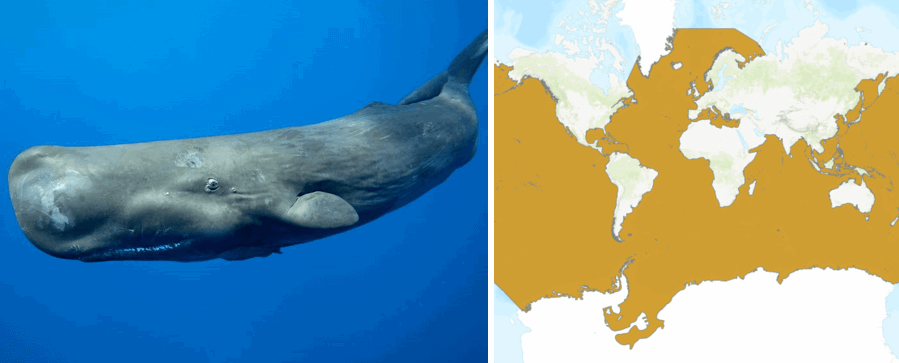
{Prelims – Envi – Species} Chinkara (Gazella bennettii)
- Context (TH): Rajasthan Court has ordered the payment of half of the fine amount imposed on a convict in a chinkara killing case to the informer.
- Chinkara (Indian gazelle) is native to Iran, Afghanistan, Pakistan, and India.
- It is the smallest Asiatic antelope species.
- It is the state animal of Rajasthan.
- There are six subspecies. Of these, Deccan chinkara and Gujarat chinkara are found in India.
- Distribution: Deccan chinkara ranges from the Ganges Valley to Deccan Plateau. Gujarat chinkara is found in the Thar Desert, Rann of Kutch, Kathiawar, and Saurashtra region.
- Habitat: Arid forests and deserts. It is a shy species and avoids human habitation.
- Threats: Hunting and habitat loss.
- Conservation Status:
- IUCN Red List: Least Concern
- CITES: Appendix III (Pakistan)
- Indian Wildlife Protection Act, 1972: Schedule I
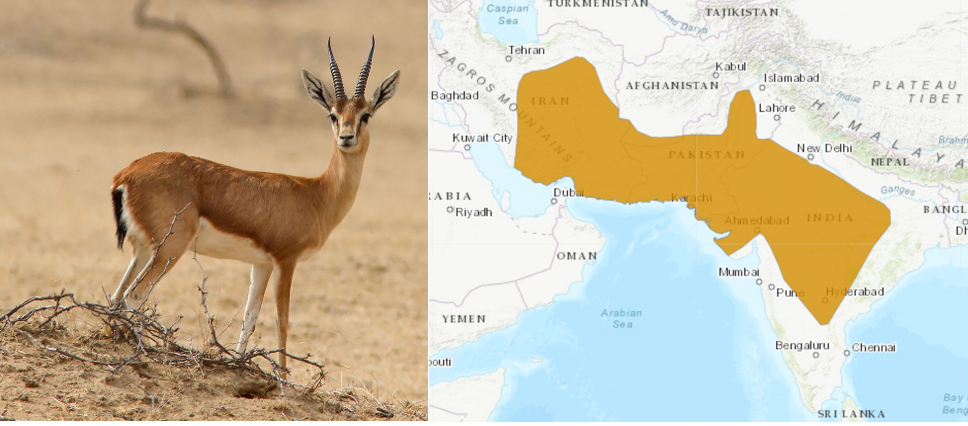
{Prelims – IR – India-Japan} JIMEX 23
- Context (PIB): The 7th edition of the bilateral Japan-India Maritime Exercise 2023 (JIMEX 23) is hosted by the Indian Navy at Visakhapatnam from 05-10 July 2023 with the participation of:
- INS Delhi: First indigenously built Guided Missile Destroyer
- INS Kamorta: Indigenously designed and built Anti-Submarine Warfare Corvette
- INS Shakti: Deepak-class fleet tanker
- Aircraft P8I: maritime patrol aircraft
{Prelims – Misc} ICWIP
- Context (TH): The 8th International Conference on Women in Physics (ICWIP) will be held in India.
- ICWIP is an event of the International Union of Pure and Applied Physics.
- It is held every three years to address the gender imbalance in physics education and research.
International Union of Pure and Applied Physics (IUPAP)
|





![PMF IAS Environment for UPSC 2022-23 [paperback] PMF IAS [Nov 30, 2021]…](https://pmfias.b-cdn.net/wp-content/uploads/2024/04/pmfiasenvironmentforupsc2022-23paperbackpmfiasnov302021.jpg)


